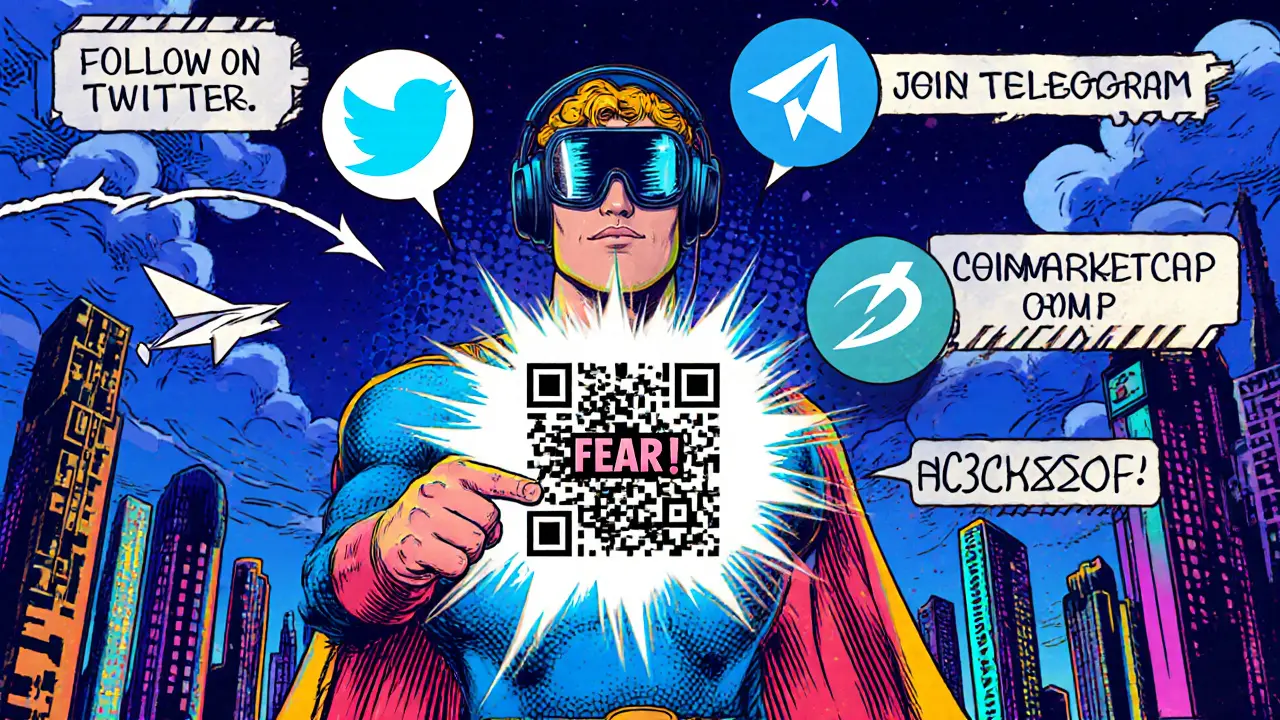
FEAR Token Airdrop Calculator
Airdrop Participation Details
Enter information about your participation in the 2021 FEAR airdrop to calculate potential returns.
Airdrop Comparison
Comparison of FEAR's 2021 airdrop versus a typical 2025 airdrop model:
FEAR token is a gaming‑focused cryptocurrency that launched its first airdrop in 2021. The drop was run through a partnership with CoinMarketCap, and it relied on simple social‑media tasks on Twitter and Telegram. If you’re wondering how this old‑school campaign stacks up against today’s more complex drops, read on - we’ll break down the mechanics, the numbers, and what the future might hold for FEAR token airdrop participants.
How the 2021 FEAR Airdrop Worked
The original distribution had two phases. First, 2,000 Play2Earn NFT tickets were handed out, each ticket redeemable for 25 FEAR tokens. That added up to 50,000 tokens for the early crowd. The second phase widened the pool to 20,000 FEAR tokens, spread across more than 500 winners. To qualify, users had to:
- Own a verified Twitter account.
- Join the official Telegram group.
- Log into their CoinMarketCap account and click “Join This Airdrop” on the registration page.
Because CoinMarketCap already served over 100million monthly active users, the campaign could reach a massive audience without the need for users to interact with smart contracts or manage wallets directly.
Tokenomics and Price Snapshot (2025)
Fast‑forward to October2025: market data shows FEAR trading between $0.00665 and $0.00844, with the current price hovering around $0.00844. Forecasts suggest a modest upside - a possible high of $0.01123 by 2028, translating into roughly a 16% return on today’s price. Compared with high‑growth DeFi tokens, FEAR’s trajectory is tame, but the low volatility can appeal to players who prefer a steadier gaming token.
What’s Changed in Crypto Airdrops Since 2021?
Modern drops have moved far beyond social‑media check‑ins. Projects like EigenLayer reward users who actively restake assets, while platforms such as LayerZero, Scroll Network, and Best Wallet Token employ point‑based systems that require liquidity provision, multi‑chain activity, or even ownership of a Soulbound Token (SBT) to verify authenticity.
Key evolution points:
- Snapshot‑based eligibility: Instead of liking a tweet, participants must hold a specific token balance at a given block.
- Task complexity: Users might need to bridge assets, provide liquidity, or complete on‑chain governance votes.
- Regulatory compliance: KYC checks and geographic restrictions are now common, something FEAR’s 2021 drop never required.
- Soulbound Tokens: These non‑transferable NFTs prevent airdrop farming by tying eligibility to a verified on‑chain identity.
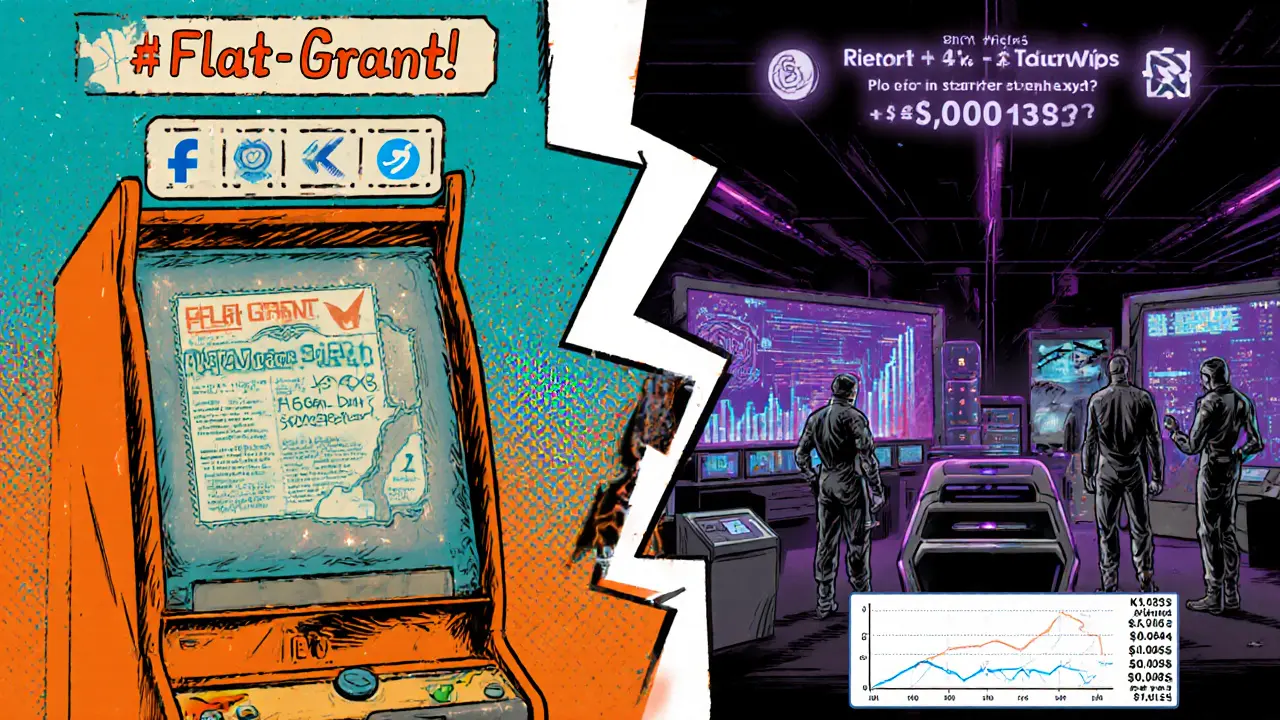
FEAR vs. Modern Airdrop Models - A Quick Comparison
| Aspect | FEAR (2021) | EigenLayer (2025) |
|---|---|---|
| Eligibility | Twitter + Telegram + CoinMarketCap login | Hold & restake ETH or other supported assets |
| Distribution method | Flat token grant (25FEAR per NFT ticket) | Pro‑rata allocation based on restaked amount |
| Complexity | Low - no wallet interaction required | High - requires knowledge of restaking contracts |
| KYC/Compliance | None | Mandatory KYC for participants in regulated regions |
| Token utility | Play‑to‑Earn gaming rewards | Securing and earning fees on restaked protocols |
Is the FEAR Token Still Alive?
Public data from major trackers shows barely any recent activity. The community’s Telegram chatter has dwindled, and there’s little to no mention in 2025 airdrop round‑ups. That said, the token’s price stability suggests a small core of holders still trade it, perhaps as a speculative hedge rather than a functional game token.
If you’re holding FEAR from the original airdrop, the practical steps now are:
- Check a reputable price aggregator for the current $FEAR rate.
- Decide whether to keep it for potential modest upside or swap it for a higher‑growth token.
- If you intend to sell, use a DEX that lists FEAR (e.g., Uniswap V3) and monitor slippage.
For newcomers, the token isn’t a top‑tier Play‑to‑Earn opportunity anymore, but it can serve as a low‑risk test case for learning how airdrop‑derived tokens behave over time.
Key Takeaways for Future Airdrop Hunters
- Social‑media‑only drops like FEAR are becoming rare; expect wallet‑snapshots and on‑chain tasks.
- Regulatory screens will likely filter out participants from certain jurisdictions.
- Projects that tie token utility to real gameplay or protocol activity (e.g., restaking) tend to retain value better.
- Always verify the official source - scam links proliferate around “free token” memes.
- Keep an eye on emerging standards like Soulbound Tokens; they’ll shape eligibility criteria for years to come.
Frequently Asked Questions
Did I need a crypto wallet to claim the FEAR airdrop?
No. The 2021 drop was handled entirely through CoinMarketCap’s web interface. Participants only needed to link their social accounts and confirm the airdrop claim, after which the tokens were sent to the wallet address they provided.
How many FEAR tokens were distributed in total?
The combined distribution amounted to 70,000 FEAR tokens - 50,000 from the NFT ticket phase and 20,000 from the broader public round.
Is there any way to earn more FEAR today?
There are no official farming or staking programs announced by the FEAR team as of 2025. The only realistic path is to buy FEAR on a supported DEX or wait for a community‑driven event, which has not been publicized.
How does the FEAR airdrop compare to modern EigenLayer drops?
FEAR’s drop was low‑effort, social‑media based, and gave a flat token amount. EigenLayer’s drops require users to hold and restake assets, involve KYC, and allocate tokens proportionally to the amount restaked, making them more complex but also potentially more rewarding.
Will regulatory changes affect the value of FEAR?
Regulations mainly target new token sales and airdrop compliance. Since FEAR’s distribution already happened, the token isn’t subject to retroactive KYC, but future listings on regulated exchanges could be limited, which may impact liquidity and price.

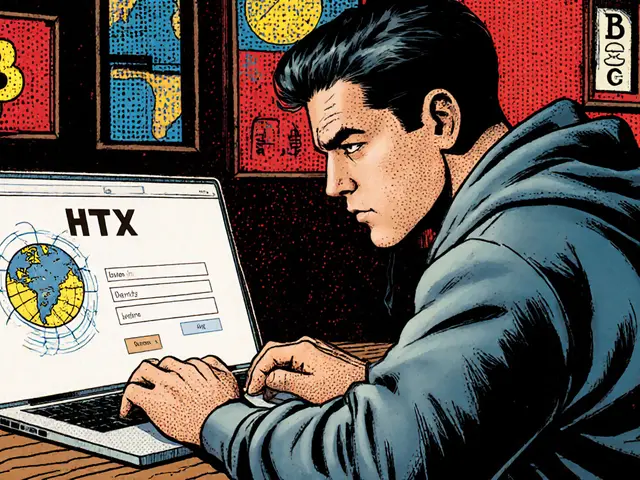
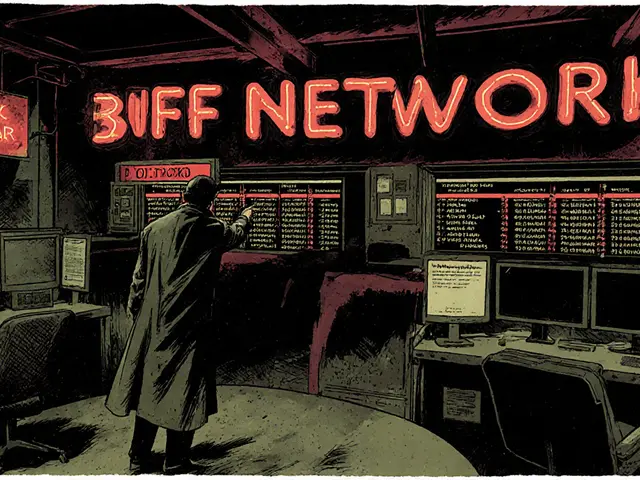
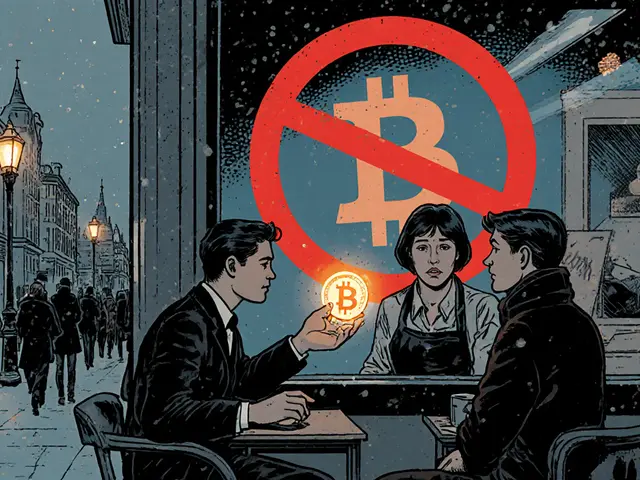
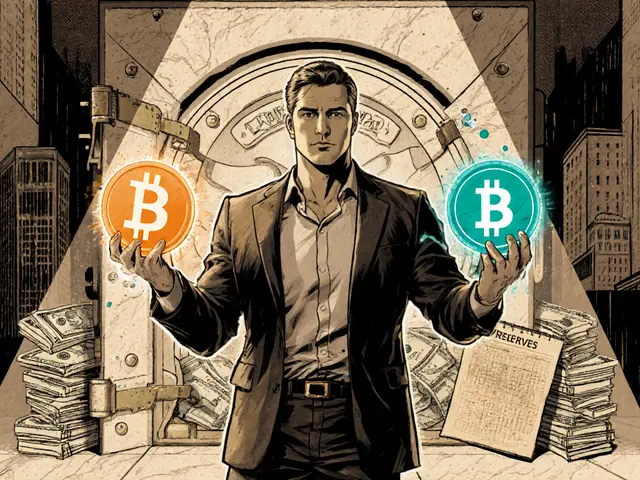
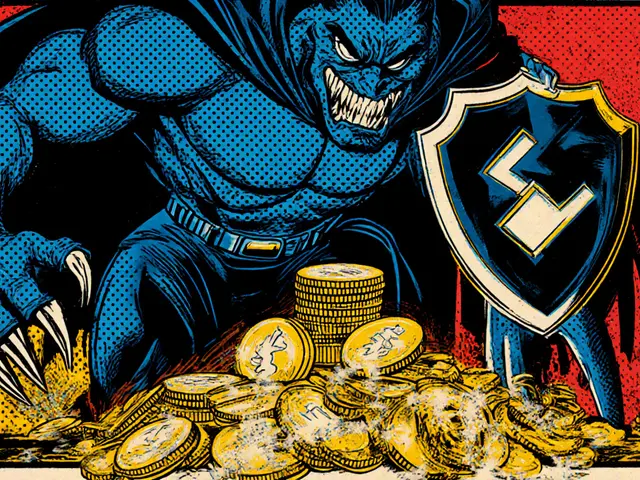
There are 14 Comments
Vaishnavi Singh
Reflecting on the FEAR airdrop, one cannot help but notice how its simplicity contrasts sharply with today's labyrinthine drops. The requirement of only a Twitter, Telegram, and a CoinMarketCap login made it accessible to a broad audience without demanding technical prowess. Yet, the token's modest performance over the years raises questions about long‑term value versus ease of entry. Perhaps the true lesson lies in balancing inclusivity with sustainable utility.
Linda Welch
The FEAR token airdrop is a relic of a bygone era when crypto projects thought that a simple tweet and a Telegram join would magically create lasting value. It ignored the inevitable market forces that reward utility over hype. Users were handed flat grants without any stake in the ecosystem meaning they had no incentive to support the network beyond the initial free tokens. The comparison with modern EigenLayer drops illustrates how far the industry has come in demanding real commitment. Today’s drops require restaking assets which ties participants to the health of the protocol and aligns incentives. This shift also introduces regulatory scrutiny that the old FEAR model blissfully evaded. By avoiding KYC, the 2021 drop opened doors to a wide range of participants including those who might later be flagged for compliance issues. The flat grant system also meant the token distribution was not proportional to any actual contribution, leading to diluted ownership. Moreover, the lack of on‑chain interaction left the token without a robust utility beyond a low‑risk speculative asset. In contrast, modern airdrops often embed token utility directly into governance or fee‑earning mechanisms. The FEAR token’s price stagnation is a testament to that missed opportunity. While the simplicity appealed to newcomers, it also fostered a perception of token gimmickry. As the space matures, projects that intertwine tokenomics with real use‑cases tend to sustain interest. The FEAR example serves as a cautionary tale for those who chase easy giveaways without building substantive infrastructure. In short, the era of “just click and claim” is fading as the market demands deeper engagement and accountability.
Kevin Fellows
Keep your chin up, the airdrop scene still has gems to find!
meredith farmer
Oh sure, it was "simple" until you realize the real agenda was to flood wallets with junk tokens that nobody cares about. The whole thing feels like a smoke‑screen for some larger data‑harvesting scheme tied to those social platforms. And now everyone’s whispering that the token is a dead‑end, but what if there’s an underground revival we’re not seeing? It’s unsettling how fast the community melted away, almost as if something pulled the rug from under us.
Peter Johansson
Hey folks 😊, just wanted to highlight that even though FEAR isn’t the hottest token right now, it still offers a low‑risk way to dip your toes into crypto gaming. If you’ve held onto your airdrop tokens, consider checking the latest DEX listings – you might spot a small upside. And remember, every token journey teaches us something about market dynamics! 🌟
Kyle Hidding
The analytics on FEAR reveal a stark lack of liquidity depth and market‑making activity, which is symptomatic of tokenomics that fail to incentivize sustained participation. The flat token grant model lacks a vesting schedule, leading to immediate sell pressure that erodes price stability. Moreover, the absence of a robust utility layer translates to minimal on‑chain demand, rendering the token a speculative artifact. From a risk‑adjusted perspective, the token’s Sharpe ratio is essentially negligible, making it an unattractive hedge in a diversified portfolio. Investors should therefore apply rigorous due‑diligence before allocating capital to such low‑utility assets.
Andrea Tan
I get why some people are nostalgic about the FEAR airdrop – it was straightforward and didn’t require juggling multiple wallets. At the same time, the crypto world has moved on, and it’s natural to look for newer opportunities. Just keep an eye on projects that actually integrate gameplay with token value.
Gaurav Gautam
Exactly! Simplicity can be a double‑edged sword – it lowers the entry barrier but may also limit long‑term engagement. If you’re seeking growth, look for tokens that reward active participation, like staking or in‑game achievements. That way your effort translates into real value, not just a one‑off bump.
Cody Harrington
The FEAR airdrop serves as a snapshot of early crypto marketing tactics. Its flat distribution model is easy to understand but doesn’t encourage ecosystem development. Future projects should aim for mechanisms that align incentives between holders and developers.
Chris Hayes
While the flat grant is user‑friendly, it often results in rapid sell‑offs that depress price. A more sophisticated approach would involve phased releases tied to usage metrics. This not only stabilizes the token but also fosters a loyal community. In essence, aligning token economics with real‑world activity creates sustainable growth.
victor white
One must question whether the FEAR token’s continued existence is merely a vestigial echo of a less regulated epoch, or if it subtly underpins a covert network of data aggregation. The paucity of substantive development could be interpreted as a deliberate strategy to maintain an inert asset that silently records transactional metadata. Such an interpretation, while speculative, aligns with observed patterns in other dormant token ecosystems. Therefore, discernment is advised when allocating capital to ostensibly dormant tokens.
sandi khardani
From a quantitative standpoint, the FEAR token’s market cap trajectory exhibits a near‑flat line with negligible volatility, which is atypical for assets with any meaningful utility. The token’s liquidity pools consistently display low depth, leading to significant slippage for even modest trades. Moreover, the absence of an active development roadmap suggests a strategic stagnation, possibly to avoid regulatory scrutiny. This stasis, combined with the token’s limited on‑chain activity, results in a risk profile that is disproportionately high relative to potential reward. Consequently, any investment thesis should be predicated on ancillary benefits such as portfolio diversification rather than expected appreciation. In summary, the data points toward a cautionary stance on FEAR as a standalone investment.
Christina Norberto
In the grand tapestry of decentralized finance, the FEAR airdrop represents a modest thread, woven with the intent of democratizing access yet lacking the structural integrity of more robust distributions. Its nominal utility, confined to a peripheral gaming ecosystem, renders it an ancillary instrument rather than a cornerstone of value creation. The absence of rigorous KYC protocols may be lauded for privacy but concurrently invites regulatory ambiguity. As such, the token’s longevity is contingent upon either a resurgence of its underlying game or an adaptive repurposing within a broader protocol. Scholars of crypto economics would be well‑advised to catalogue this case as an instructive footnote rather than a model of sustainability.
Fiona Chow
So, while the FEAR token sits in the annals of crypto history like a dusty trophy, one might wonder if any savvy investor still sees a glimmer of relevance there. Maybe the real reward is the lesson learned, not the token itself.
Write a comment
Your email address will not be published. Required fields are marked *